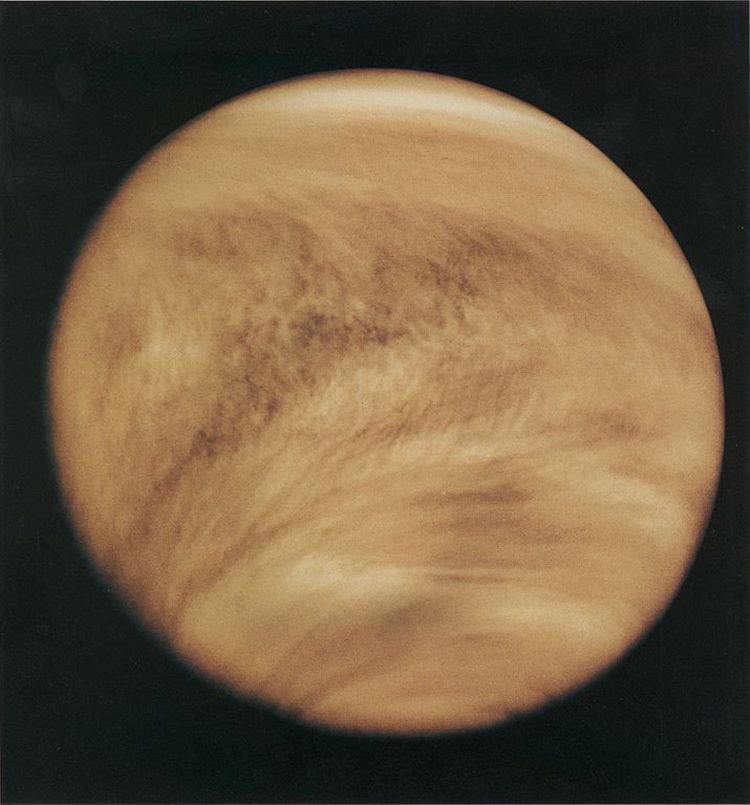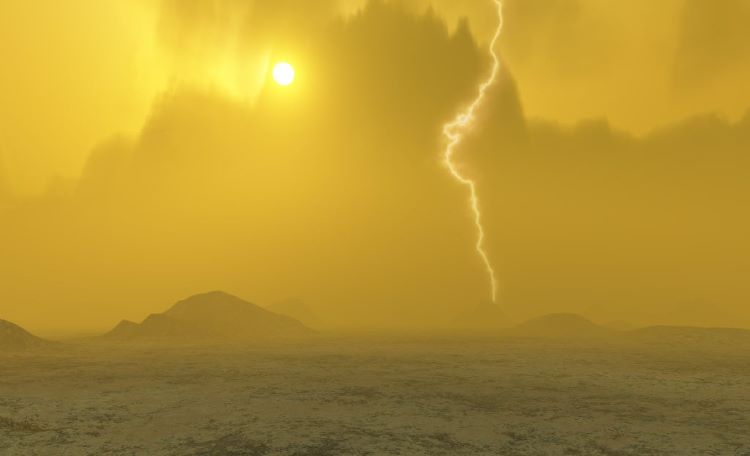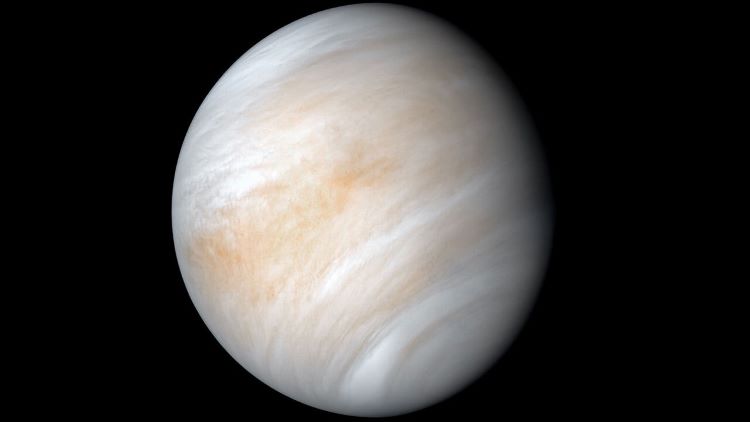A recent study published in Astrobiology examines the likelihood of the planet Venus being able to support life within the thick cloud layer that envelopes it. This study holds the potential to help us better understand how life could exist under the intense Venusian conditions, as discussions within the scientific community about whether life exists on the second planet from the Sun continue to burn hotter than Venus itself.

Image of Venus taken by NASA’s Pioneer-Venus Orbiter in 1979. (Credit: NASA)
“There is a lot of interest in Venus at the moment, following Jane Greaves’ initial report of phosphine in the clouds,” Dr. William Bains, who is a Senior Research Fellow at Cardiff University and lead author of the study, tells Universe Today. “But opinions vary widely on whether there could be life there, from calling the clouds ‘habitable’ to saying definitively that there cannot be life there. So, we wanted to review what we know about Venus, and about the basic principles of life, and see whether life on Venus was a subject worth pursuing, or whether it could be ruled out from first principles.”
Video explaining the initial report on phosphine in the clouds of Venus from Dr. Jane Greaves.
For the study, the researchers discussed the various aspects of Venus’ clouds that could be responsible for potentially harboring any kind of life, even if it’s not Earth-like life. These include energy requirements for life, available chemical energy, lack of available hydrogen, lack of metals, cloud acidity, low water activity within the clouds, high radiation environment, and the mass of the Venus cloud biosphere.
“Our conclusions were that conditions in the clouds do not rule out life, although they do rule out Earth-like life,” Dr. Bains tells Universe Today. “This is an important distinction – that not all life in the Universe needs be like Earth life.”
The study also discussed future astrobiology-based space missions to Venus, specifically that they should be both small and cost-effective with the goal of answering science questions that are more focused in nature. The researchers note that while these smaller scale missions won’t answer all of the questions pertaining to Venus’ clouds, they will serve to “complement and inform larger missions” to Venus.
One example the researchers mention is Rocket Lab’s mission to Venus, which was originally scheduled to launch in May 2023 but has since been delayed to 2025 and will mark the first fully private mission to Venus. While this most recent study focused on Venus’ clouds, are future astrobiology-focused space missions more likely to find life on the surface or the clouds of Venus?
“Life on the surface seems *extremely* unlikely,” Dr. Bains tells Universe Today. “Life needs a liquid to function as a solvent for its chemistry (it is usually assumed this must be water, but in principle it does not have to be). There is no naturally occurring substance that is liquid under Venus’ surface conditions. We argue that life in the clouds is possible, so the clouds are the place to look.”
While the planet Venus is almost the same size as the Earth, the environment is far from similar, with surface temperatures reaching 475 degrees Celsius (900 degrees Fahrenheit) and surface pressures 90 times higher than Earth’s surface. Additionally, carbon dioxide is the dominant atmospheric gas comprising 96.5 percent of Venus’ toxic atmosphere.

Artist illustration of the surface of Venus. (Credit: NASA)
In contrast, carbon dioxide only comprises 0.035 percent of Earth’s atmosphere. The planet Venus is also entirely enshrouded in thick clouds of sulfuric acid rain, which prevent sunlight from escaping back out into space and contributing to Venus’ runaway greenhouse effect. So, could we ever find life on Venus despite its harsh environment?
“I am something of a pessimist about the abundance of life in the Universe,” Dr. Bains tells Universe Today. “But if there is life in the clouds of Venus, that would massively expand our view of what ‘habitable’ means, as well as doubling the number of examples of life that we have to study. So even a tiny chance that there is life there is worth following up.”

Image of Venus captured by NASA’s Mariner 4 spacecraft as it sped away from the planet in February 1974. (Credit: NASA/JPL-Caltech)
What new discoveries will we make about Venus, its clouds, and the possibility for life on this mysterious and harsh world? Only time will tell, and this is why we science!





